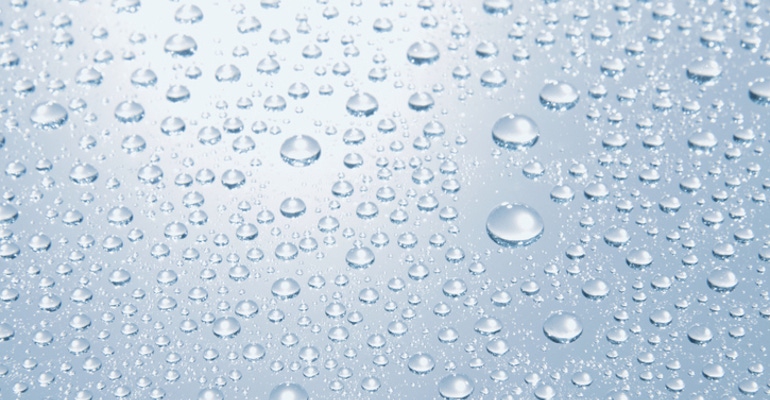Replacing Chemicals With Water to Produce 3D-Printed Electronics Components
Using carbon-based inks produces fully recyclable transistors that demonstrate an overall greener manufacturing process for printed electronics.
May 9, 2023

Researchers have successfully produced complex printed electronics that use water instead of chemicals in the fabrication process, making them full recyclable and more environmentally friendly than previous designs, they said.
Engineers at Duke University worked with carbon-based inks to devise a way to stack several layers of components on top of each other so that they stick together, which has been historically difficult when fabricating printed electronics, they said.
"Putting layers on top of each other is not as easy as putting them down on their own—but that’s what you have to do if you want to build electronic devices with printing," Aaron Franklin, a professor of electrical and computer engineering at Duke, who led the study.
In their recent research, Franklin's team worked with previously developed carbon-based inks—semiconducting carbon nanotubes, conductive graphene, and insulating nanocellulose—which they already had shown could develop fully recyclable printed electronics using water and not the typical chemicals.
The Complexity Problem With Printed Electronics
However, though they managed to get the layers of components to stick together using a detergent, they could not do so in such a way that could allow for the transport of a high current of electrons, which is necessary to print complex electronic devices, they said. This was particularly true when working with the carbon nanotubes, which presented a unique challenge, Franklin said.
“You want the carbon nanotubes to look like al dente spaghetti strewn down on a flat surface,” he explained. “But with a water-based ink, they look more like they’ve been taken one-by-one and tossed on a wall to check for doneness."
If chemicals were involved in the process, the researchers could have printed multiple passes again and again until there were enough nanotubes for the desired result, Franklin said. However, that's not how water works, he said.
"We could do it 100 times and there’d still be the same density as the first time," Franklin said.
This occurs because the surfactant used to keep the carbon nanotubes from clumping also prevents additional layers from adhering to the first, the researchers said. In a traditional manufacturing process, these surfactants would be removed using either very high temperatures, which takes a lot of energy, or harsh chemicals, which can pose human and environmental health risks. In the case of their research, Franklin and his group wanted to avoid both, they said.
Improving the Process
In the new work, the researchers improved upon their previous design with a cyclical process in which the device is rinsed with water, dried in relatively low heat, and printed on again. Key to the new design is that when they tuned down the amount of surfactant used in the ink, which allowed for the fabrication of a fully functional, fully recyclable, fully water-based transistors, the researchers said.
Researchers published a paper on their research in the journal Nano Letters.
The team decided to develop a transistor, compared to a resistor or a capacitor, as it's a relatively complex computer component used in devices such as power control or logic circuits and sensors. By developing this component first, Franklin and the team hope to show other scientists that they can change the current electronics manufacturing process to be much more environmentally friendly, the researchers said.
Indeed, the team already has proven that nearly 100% of the carbon nanotubes and graphene used in its printing process with those inks can be recovered and reused in the very same process, they said. This occurs without sacrificing the substances or their performance viability, the researchers said.
Moreover, because the nanocellulose found in the other carbon-based ink is made from wood, it can simply be recycled or biodegraded, the researchers said. And while one slight drawback of the process is that it uses a lot of water, the team said it’s not nearly as much as what is required to deal with the toxic chemicals used in traditional fabrication methods.
About the Author(s)
You May Also Like



